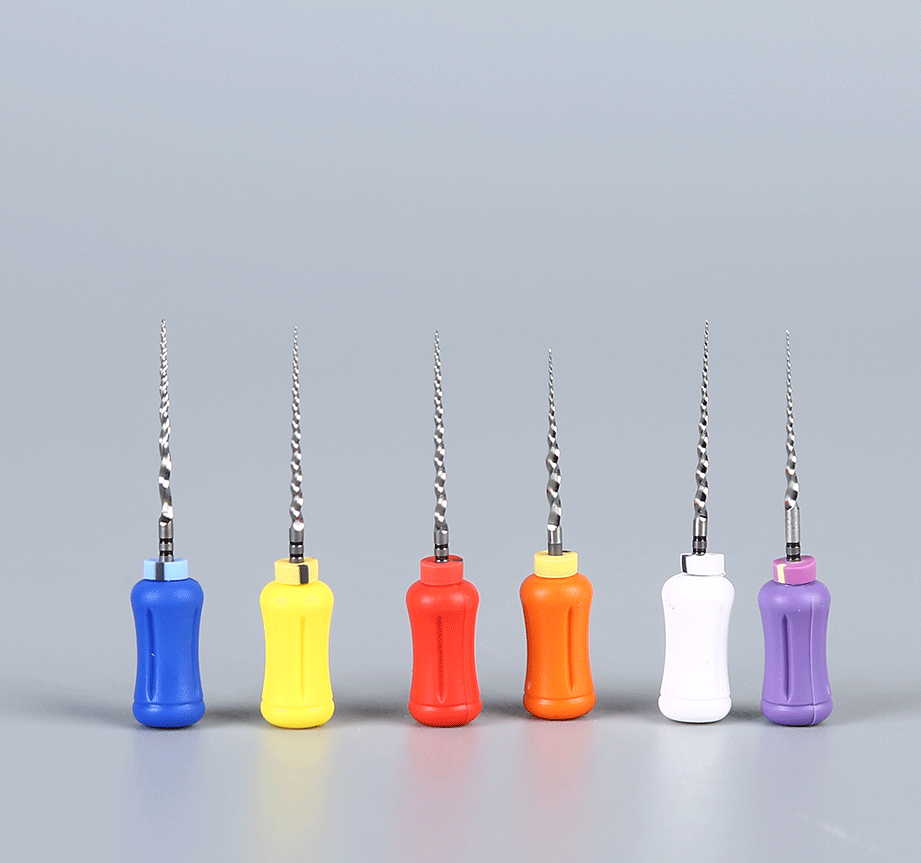The Role of Rotary Endo Files in Modern Dentistry
Introduction to Endodontics
Endodontics is a specialized field of dentistry that focuses on diagnosing and treating diseases related to the dental pulp and surrounding tissues. One of the most common endodontic procedures is root canal therapy, which involves the removal of infected or necrotic pulp tissue, cleaning and shaping of the canal system, and sealing to prevent reinfection.
Over the past few decades, endodontics has evolved significantly due to advancements in dental materials, imaging, and instruments. The introduction of rotary endo files has revolutionized clinical protocols, making treatments more efficient and predictable.
What Are Endodontic Instruments?
Endodontic instruments are tools used during root canal treatment to access, clean, shape, irrigate, and fill the root canal system. These instruments are vital to successful outcomes and can be broadly categorized as follows:
- Diagnostic tools: Mirrors, explorers, and radiographs
- Access preparation tools: Burs and handpieces
- Cleaning and shaping tools: Endo files (manual and rotary)
- Irrigation instruments: Needles, syringes, and activation devices
- Obturation tools: Gutta-percha carriers, heat pluggers, and spreaders
Among all these, endo files are considered the heart of canal shaping, with rotary systems offering unmatched speed and consistency.
Traditional vs. Modern Endo Files
Manual Endo Files
Traditionally, manual endo files like K-files and H-files have been used for cleaning and shaping. These are:
- Made from stainless steel
- Operated by hand using push-pull or reaming motion
- Effective for straight canals
However, manual instrumentation is time-consuming and presents higher risks of procedural errors like:
- Canal transportation
- Ledging
- Perforation
- Instrument fatigue
Modern Rotary Endo Files
Rotary endo files, crafted from nickel-titanium (NiTi) alloys, are powered by rotary endodontic motors. Their flexibility and continuous rotation allow for:
- Enhanced access to curved and narrow canals
- Reduced hand fatigue
- Greater procedural efficiency
As a result, rotary systems have become standard practice in contemporary endodontics.
Rotary Endo Files: Revolutionizing Root Canal Therapy
The introduction of rotary endo files marked a significant advancement in endodontic techniques. These files improve clinical outcomes by offering:
- Better shaping: Uniform canal shaping with minimal deviations
- Time efficiency: Faster than manual instrumentation
- Reduced procedural errors: Lower incidence of transportation and ledging
- Preservation of tooth structure: Minimally invasive preparation
- Increased patient comfort: Shorter chair time and less post-op discomfort
With these advantages, rotary systems are now the gold standard for most root canal treatments.

Types of Rotary Endo File Systems
Different manufacturers offer a range of rotary endo file systems tailored to various clinical preferences and canal anatomies. Notable systems include:
1. ProTaper Universal
Progressive taper design for enhanced flexibility
Multiple shaping and finishing files
Effective debris removal
2. ProTaper Gold
Heat-treated for superior flexibility
Enhanced cyclic fatigue resistance
Preferred for complex canal curvatures
3. WaveOne Gold
Reciprocating motion
Single-file technique
Improved safety and efficiency
4. HyFlex CM
Controlled memory NiTi alloy
Exceptional flexibility for curved canals
Minimal canal transportation
5. EdgeEndo Files
Proprietary FireWire alloy
Cost-effective with high performance
Available in multiple tapers and lengths
Each system has unique characteristics that suit different clinical situations.
Key Features and Materials of Rotary Endo Files
Understanding the design and material properties of rotary endo files helps clinicians make informed choices.
Nickel-Titanium Alloy
Offers shape memory and superelasticity
Flexes within curved canals without permanent deformation
More resistant to fracture compared to stainless steel
Cross-Sectional Design
Influences cutting efficiency and debris removal
Examples: triangular, rectangular, off-centered, parabolic
File Tip Design
Non-cutting tips: Safer for apical areas
Active cutting tips: More aggressive shaping, but with higher risk
Taper and Size
Standard tapers (e.g., .04, .06) ensure gradual shaping
File sizes (ISO sizes) range from small (#10) to large (#50+)
Proper selection of these features enhances clinical efficiency and safety.
Safety Protocols and Tips
Using rotary endo files requires adherence to strict safety guidelines to minimize the risk of file separation or canal damage:
- Pre-curve hand files to scout the canal before rotary use
- Do not force files; use brushing motion instead
- Use torque-controlled motors to limit stress on files
- Maintain constant irrigation to flush out debris
- Avoid using files beyond recommended reuse cycles
- Visually inspect files for signs of distortion or fatigue
Following these tips ensures both operator safety and treatment success.
Maintenance and Sterilization of Endodontic Instruments
Proper sterilization of reusable endodontic instruments is essential to prevent cross-infection.
Cleaning and Sterilization Protocol:
1.Pre-clean: Use enzymatic solution immediately after use
2.Ultrasonic cleaning: Removes microscopic debris
3.Visual inspection: Check for bends or cracks
4.Autoclaving: 134°C for 20 minutes (per manufacturer)
5.Storage: Store in sterile pouches or cassettes
Disposable rotary endo files eliminate sterilization concerns but may increase cost.
Conclusion
The evolution of endodontic practice, driven by innovations in rotary endo files and other endodontic instruments, has made root canal treatments more successful, efficient, and comfortable.
From traditional manual files to advanced NiTi rotary systems, endodontic instruments continue to improve patient outcomes and procedural predictability. Staying informed about the latest tools, techniques, and protocols is vital for any dental professional aiming to deliver world-class care.
Whether you are a general dentist expanding your endodontic knowledge or a specialist striving for excellence, understanding the role of rotary endo files is essential in modern dental practice.
Contact Us
+86 13651660950
+86 13816828040
peter.chen@comlea.cn
lu.l@comlea.cn
Lane 599, 1# 810,Shuangdan Road, Jiading District, Shanghai



.png)

